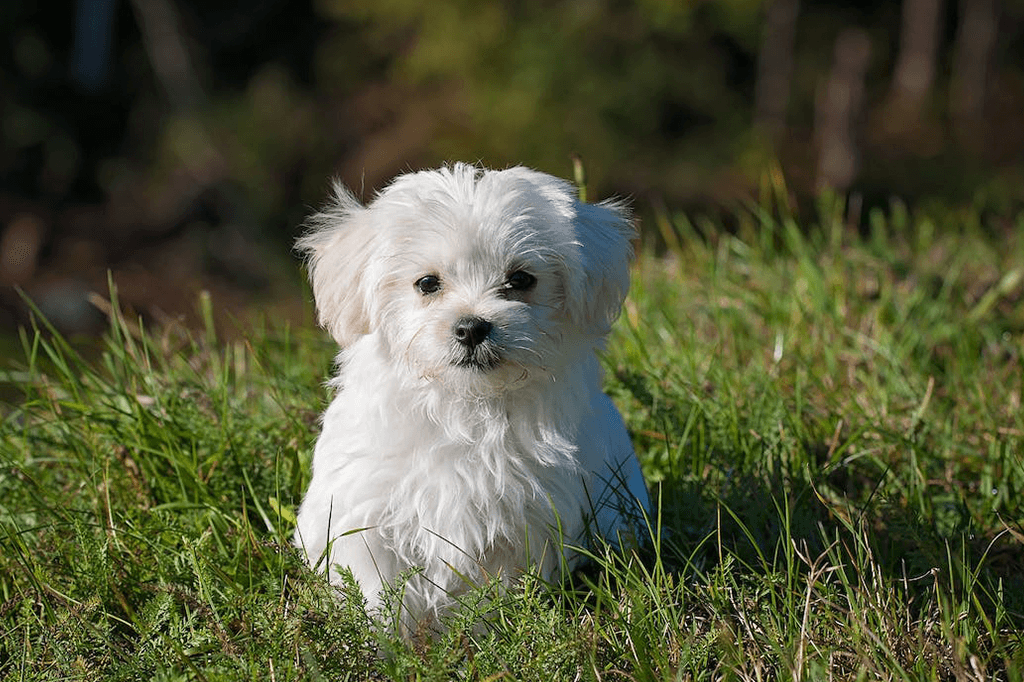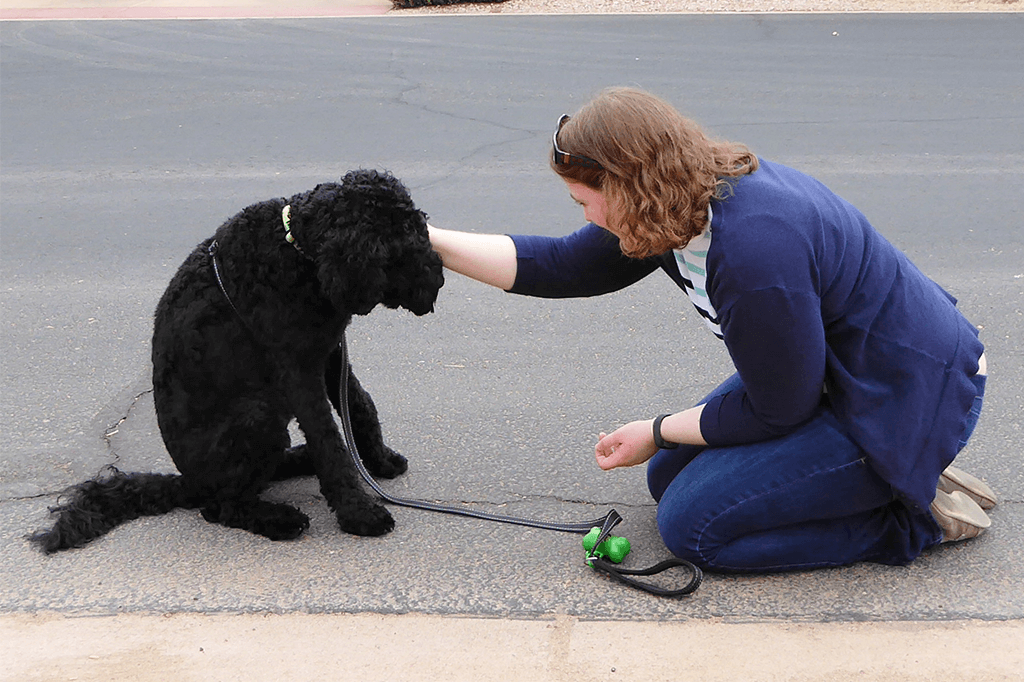Whose Fault is it When Your Dog Disobeys?
Your dog disobeys. You get angry. You discipline the dog. The dog sulks for a bit, learns nothing, and goes back to disobeying again. This pattern of behavior is repeated time and time again. You want to train your dog how to behave but you really feel stuck in a cycle.
How do you get out of the cycle of your dog disobeying and not listening? First of all, we need to consider the fact that it’s not helpful to get angry or irritated. In fact, instead of being angry with the dog, maybe we should be angry with ourselves. Since we are the ones responsible for training our dogs, we might be the ones at fault. Our training and treatment of our dogs is what causes them to behave certain ways. And since dogs only understand black and white or yes and no, if we send mixed messages to our dogs then we can expect that they won’t be able to understand or obey.
Here are some examples of confusing situations owners respond to poorly that can cause dogs to disobey or act up:
Destructive Behavior
Owners get very angry when their property is destroyed. Maybe your dog has torn up your sofa or chewed up your favorite pair of Italian leather shoes. You’re likely to be pretty upset. But really, how did the dog get the opportunity to destroy your things? Was he left with “freedoms” that he hasn’t been taught to handle? We he left unsupervised at too young an age? Did he have unmet needs, such as staying home alone for too long, so he acted out?
Many dogs, especially young ones, are unable to cope without boundaries. They need time, attention, and walks to burn off energy. Although getting angry with the dog might be easier, owners should really consider if their anger is targeted in the right place. Especially if we assume the dog knows how to behave—but we haven’t taught him.
Running Off
This behavior is extremely frustrating for dog owners who spend much of their time chasing their dogs through the neighborhood. It’s not only tiring, it may be embarrassing as well! consider who is responsible, however, when your dog runs off. Have you taught your dog good recall skills? Did you teach him walking on the leash before allowing him to run free off of it? Have you practiced the command “come” with him to make sure he obeys? These steps all function as ways to teach your dog to handle the responsibility of being off leash. If you haven’t taught him these, then ultimately you are the one who is responsible.
If your dog struggles with running off, you can train him to do otherwise. It takes time and patience. Try keeping him on a short leash at first and then adding to his freedoms. Try it out with distractions nearby, or when other dogs are present. Reward him with praise (and treats) when he obeys, and withhold praise when your dog disobeys.
Lunging at Another Dog
Even when your dog is on leash, he may lunge or jump toward other dogs. This can be irritating, or even harmful to the dog owner, or to the other dog. This is a frequent problem that dog owners experience and aren’t always sure how to solve. Of course, the best time to stop this is when your dog is a tiny pup. But many owners allow their cute little puppies to get away with this behavior. And then they get irritated with their giant dog does it. Truly, that’s not fair. If you have not taught your dog to refrain from lunging at other dogs, how is he to change his behavior?
Teach your dog to calmly “say hello” to another dog by commanding him first to “heel”. Once he has mastered heeling, he can slowly be taught to greet others as you give him permission. If you have previously allowed this behavior, you’ll need to work twice as hard to correct it. But don’t give up! Patience and consistency are your best friends when it comes to correcting the times your dog disobeys.
When your dog disobeys, it can be tempting to get angry or annoyed. But if we remember that it’s our responsibility to teach the dog how to act, then we can take a better approach. Be kind and patient, setting forth the expectations to your dog from the very beginning. Of course, it isn’t always the fault of the owner, but take our part of the responsibility is key. Then we can move forward and solve the problem with consistent efforts and effective dog training.



